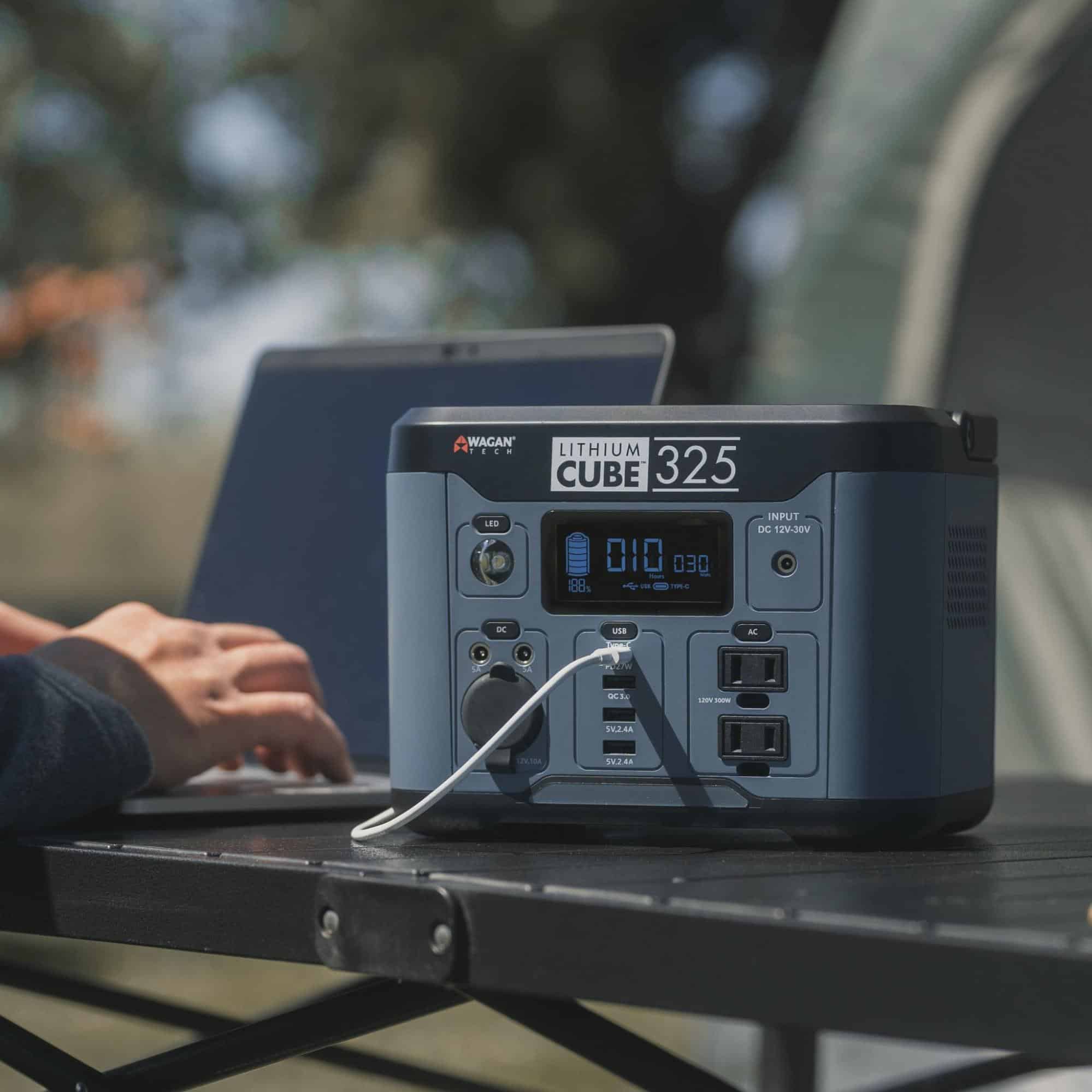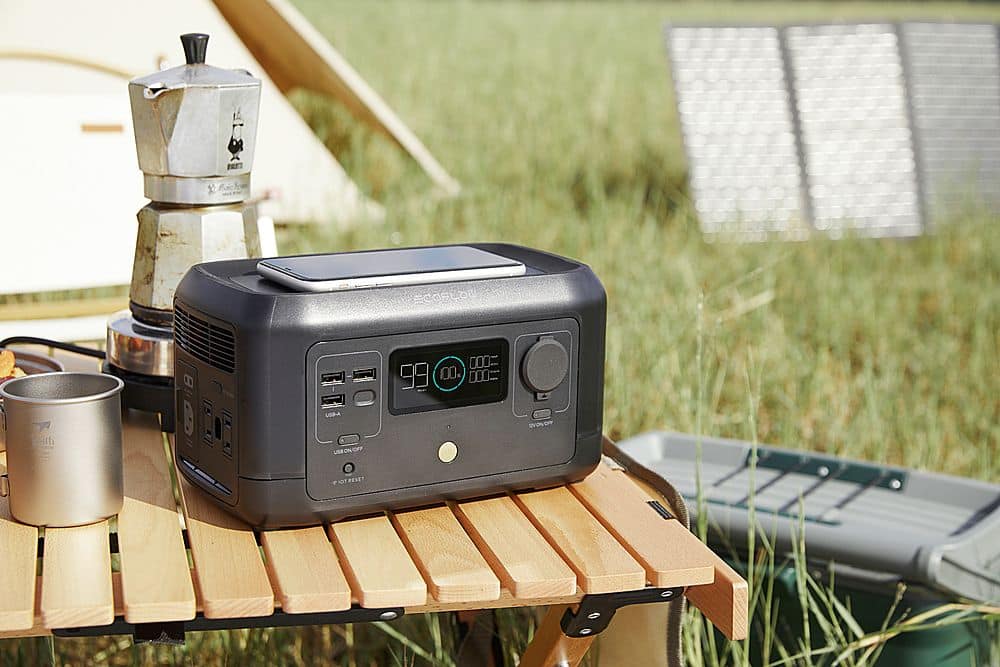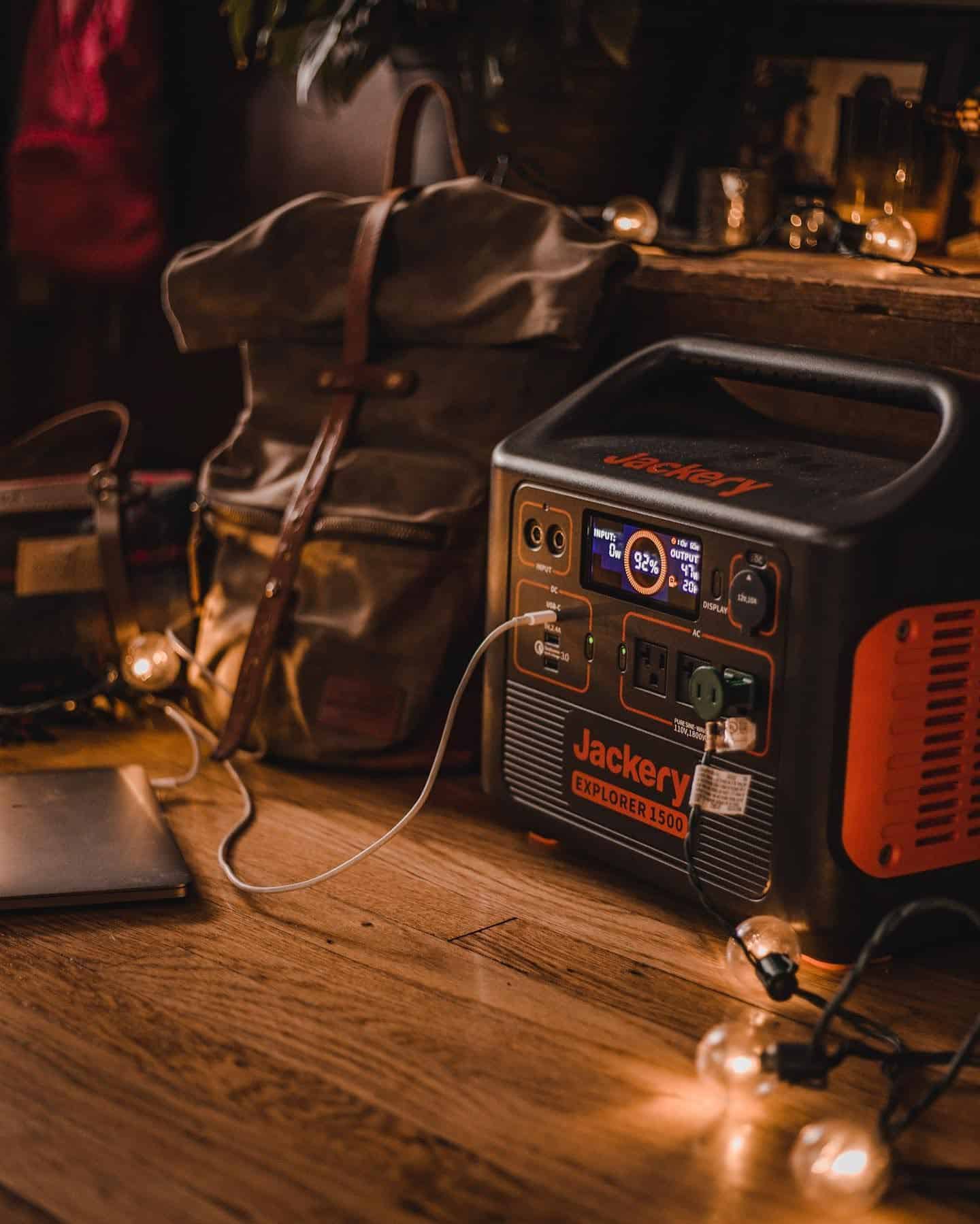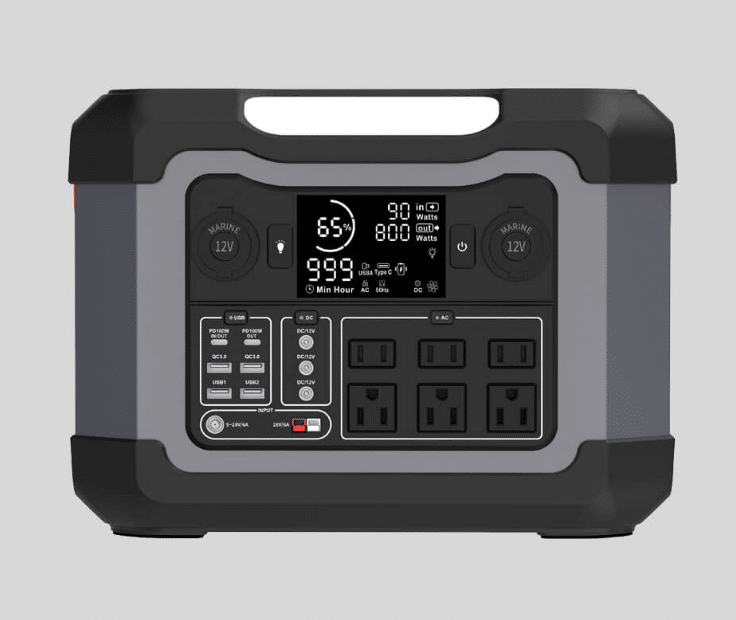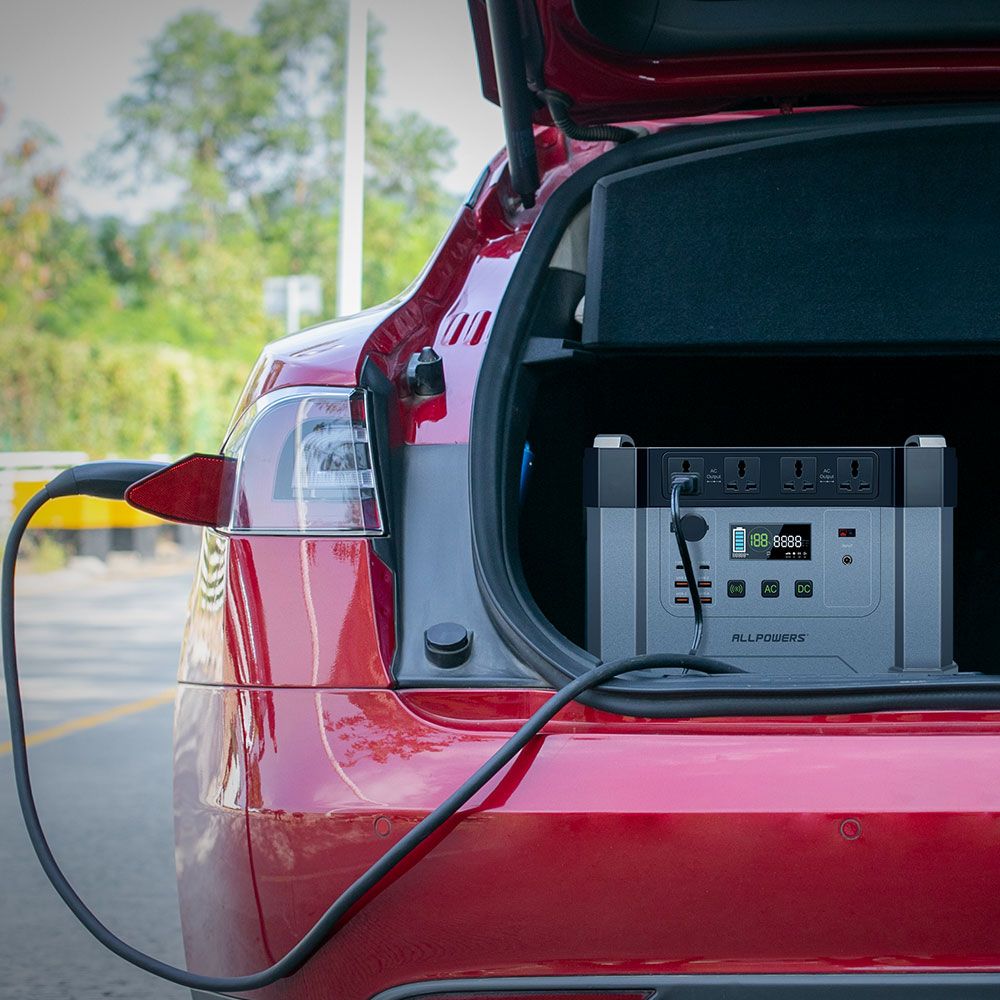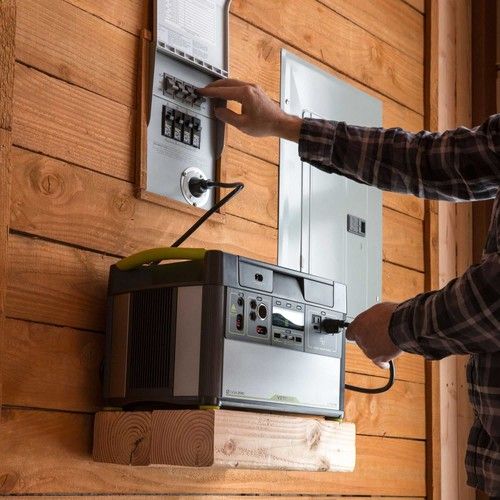Have you ever built a battery backup system at home before? If not, learn these 2023 step-by-step detailed tricks to a DIY home battery backup that can power heavy to light appliances at home. With this system, you’re safe the next time power goes off.
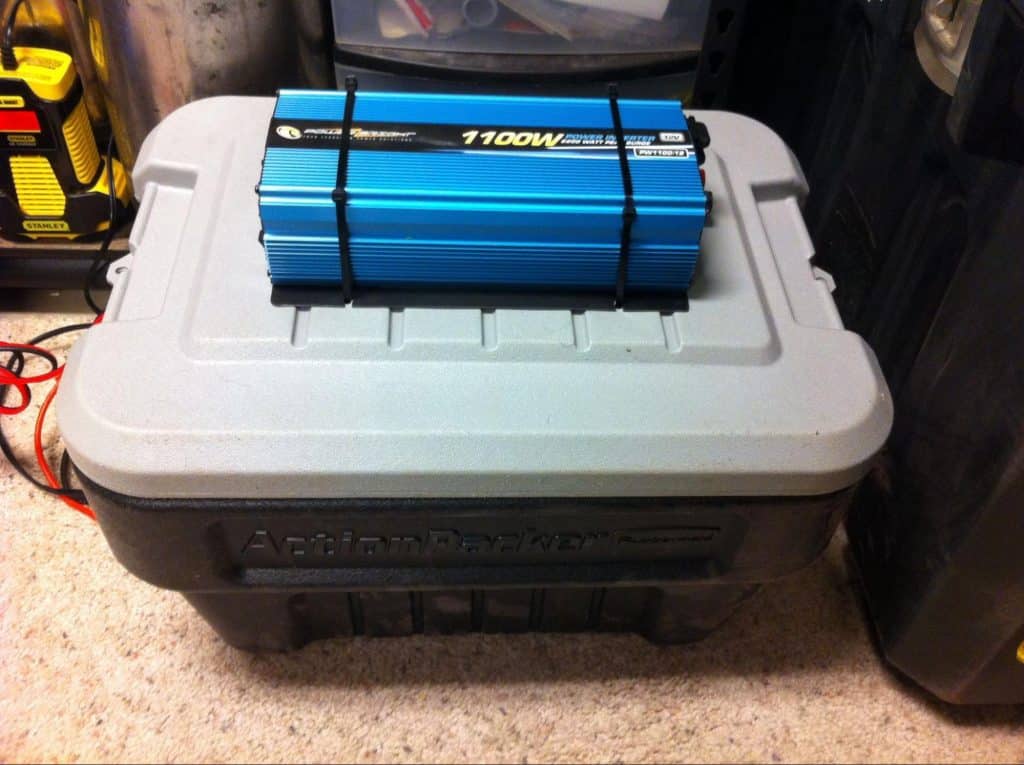
Image Source: Pinterest
A battery backup system lets you power your essentials when the grid is off. Using sealed AGM deep cycle batteries is safe for indoor; the system can be installed in your closet or office corners or made portable using a cart.
In building a DIY home battery backup system, you can construct the size to meet your specifics, which this article discusses. We will also discuss the correct battery for the system, the steps, and more.
DIY Home Battery Backup: Definition and Introduction
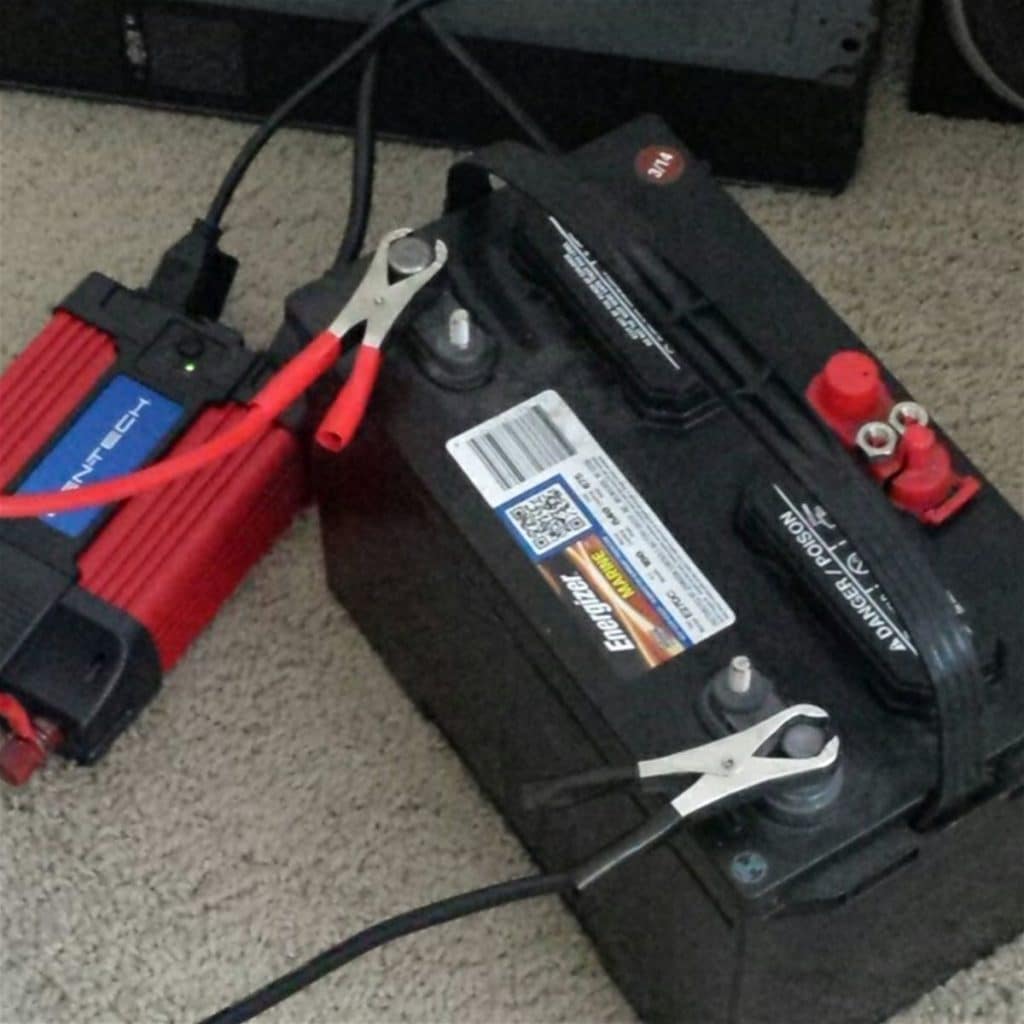
Image Source: Blog – Whitesites
A battery backup system gives you power when the primary source is out. If you experience continuous power outages at home, it’s time to get a battery backup. Backup Batteries are of different sizes and serve other purposes.
Small single cells retain data in computers and clock time; large battery backups have facilities that power large appliances at home and offices.
Small battery backup systems have primary cells, while a prime power supply charges rechargeable backup battery systems. Battery backup systems have several examples/applications, including aircraft emergency batteries, telephony, computers, hospitals, etc.
Best Home Battery for A Backup System
Knowing and selecting the best battery and backup system is an excellent way to provide clean, eco-friendly energy for your home environment. A long time solution to regular power outages is to install a battery backup system, either dry or wet, that can handle your concerns.
Lithium-ion battery, a dry cell battery, does not perform well in extreme temperatures. On the other hand, wet cell batteries use liquid electrolytes to generate electricity, making Sunly Power lead-acid batteries the most popular and best home battery for building a backup system.
Essential Components of Home Battery Backup System
The key/essential components of a DIY home battery backup system are listed below. These are the basic materials needed for a DIY home battery backup system and their different prices.
- One or more sealed AGM deep cycle batteries – cost over $200 each
- A Smart Charger/Maintainer – costs US$129-$158
- One DC or AC power inverter – costs US$140-$150
- Inverter cables and battery link cables (for more than one battery) – costs $6-$20
Battery Type Needed for a DIY Home Battery Backup System?
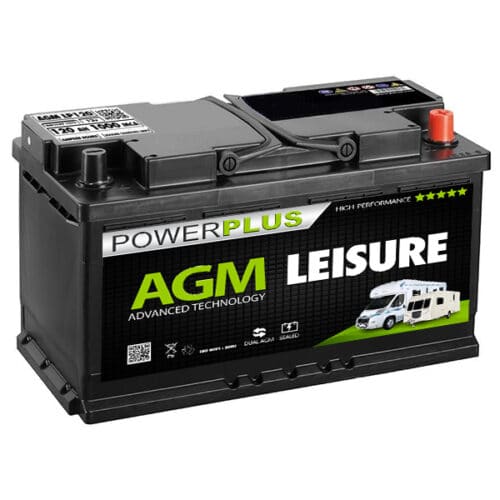
Image Source: Advanced Battery Supplies
For a DIY home battery backup system, it is recommended to use a deep-cycle battery because the battery type can be cycled many times. Using a flooded car battery will damage the system via deep discharge. Specifically, an AGM battery is preferred since they’re sealed and can be cycled several times.
However, depending on what you want to use the device for, one or two 2 VMAX SLR155 12-Volt 155Ah AGM batteries will suffice. Ensure the wattage rating is higher than what is required.
DIY Home Battery Backup: Step-by-Step Guide
The step-by-step tricks for a DIY home battery backup system are detailed below;
#1 Choose an Appropriate Power Inverter
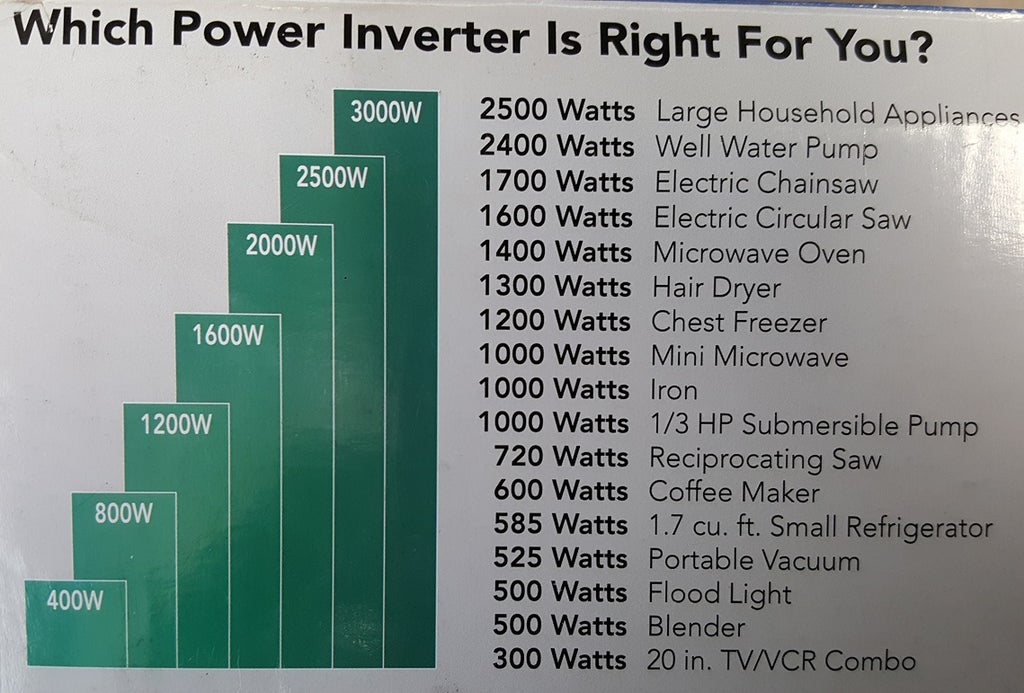
Image Source: instructables.com
Choosing a suitable inverter depends on what you want your device to service. Your home appliances will have a label indicating the input wattage or amps. For instance, for a laptop charger that uses 80 watts and a phone charger that uses 20 watts, an inverter rated for at least 150 watts will do. In a naught shell, use an oversized inverter for your setup.
#2 Choose a Home Battery
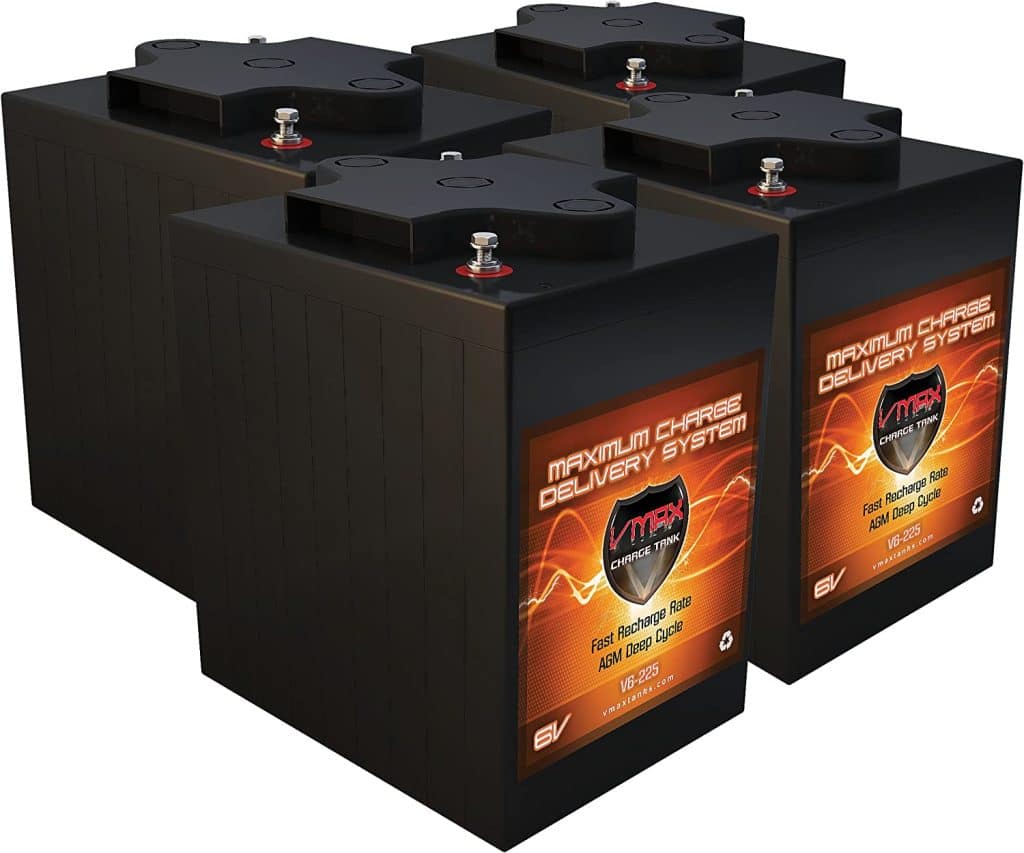
Image Source: Ubuy Nigeria
To determine what battery size you’ll need to create your system, add the wattage of the devices you want to power. For instance, for an appliance with a 2,000WH capacity, you need a 4000WH battery bank to keep your batteries from operating below 50% capacity, which will help your batteries to achieve more cycles in the long run.
#3 Select a Battery Charger
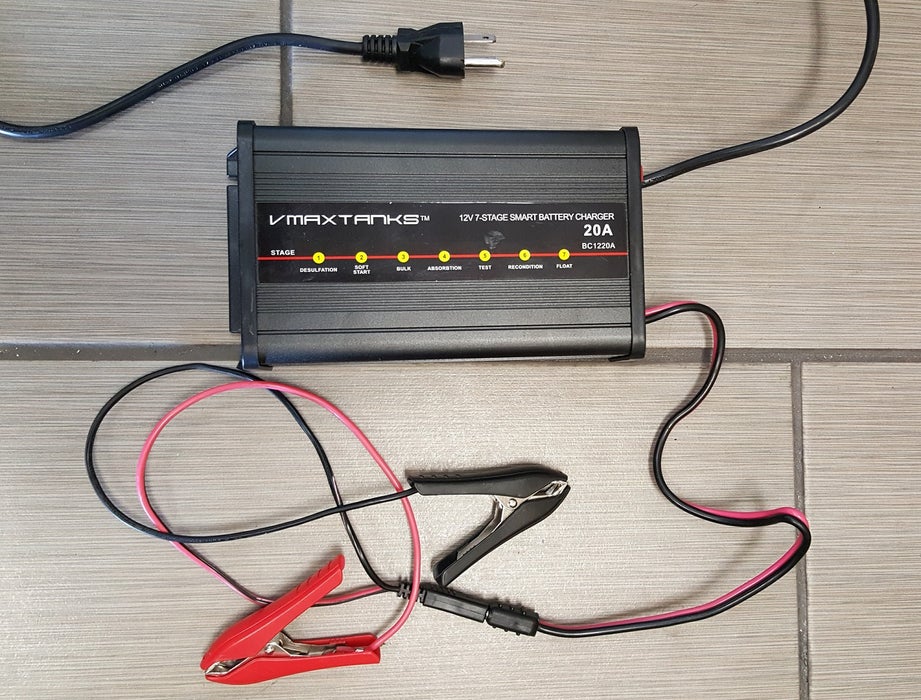
Image Source: instructables.com
Select a smart charger compatible with your batteries. Since you’re using deep cycle batteries, use a multistage “smart” charger/maintainer. The smart charger should fully charge your battery for at least 15 hours. For instance, you can use a Vmaxtanks 12V 20A 7-Stage charger(BC1220a) to charge and maintain a battery bank.
#4 Connect All Components
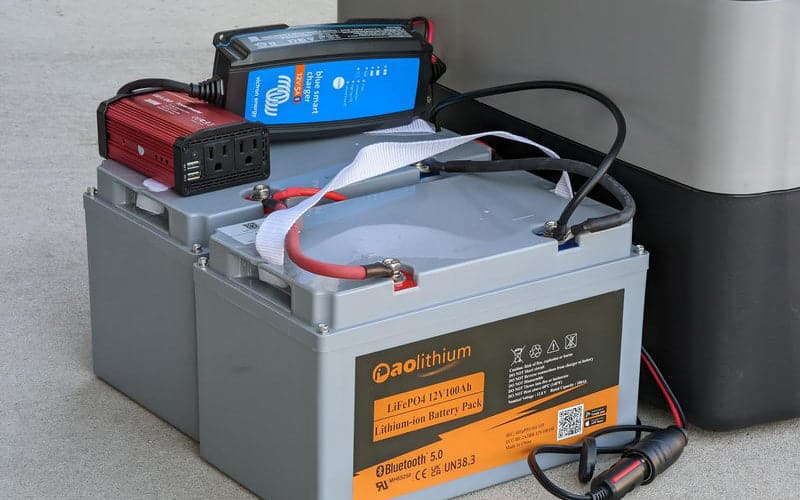
Image Source: Aolithium
Using a pair of 4 Gauge 12″ 100% copper link cables, connect all components listed below together;
- The AGM batteries in parallel
- The one 12V DC to AC 2000 Watt Inverter
- 1 Set of 2 gauge 6′ 100% copper inverter cables
- 12V 20A 7-Stage smart charger
#5 Connect a Charger/Inverter With an In-built Auto Transfer Switch
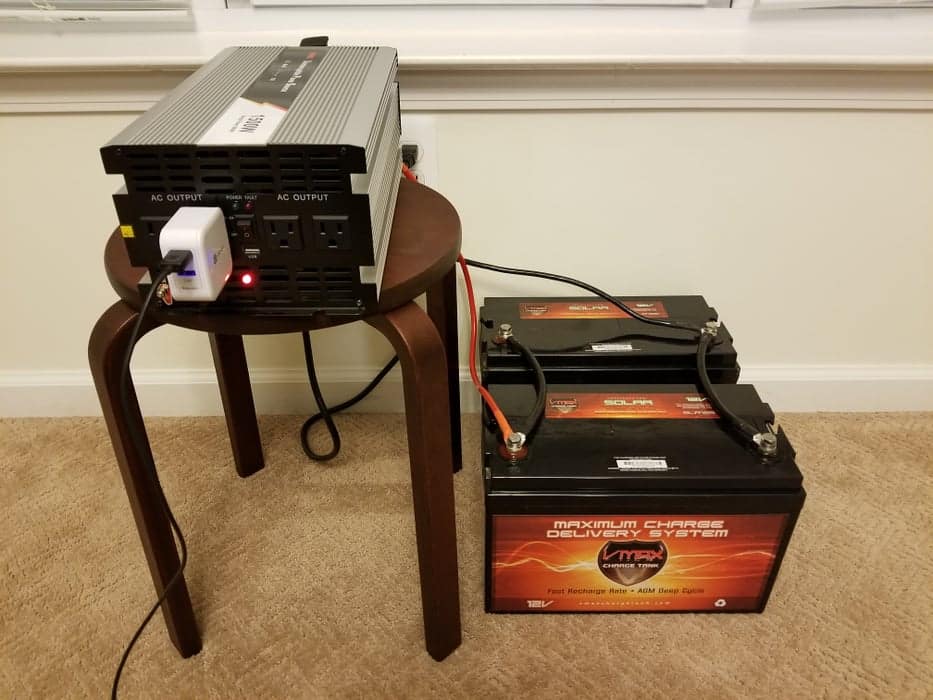
Image Source: instructables.com
If you have an appliance at home that you don’t want it to shut off during a power outage, you can use an inverter with an in-built charger and an automatic transfer switch. You can connect your home appliances to the inverter during an outage to draw the stored AC power. When the AC power is out, the inverter automatically to the battery power.
Although this optional step offers a cleaner-looking setup since the charger and inverter will be together in one unit.
How a DIY Home Battery Backup Works
A DIY home battery backup is an intermediate between your home and the power grid. It directly connects to your current electrical system to optimize daily energy usage and store energy as a backup during a power outage.
How Long Does it Take for DIY Home Battery Backup to Last?
How long a DIY home battery backup lasts depends on the appliance you want to power. For a 100-watt fridge or load, your battery backup can run for about 6 hours. And once it’s 50% discharged, you need to recharge it.
In addition, without your electric heater or AC, a 10kWh battery backup system can power essential household appliances for about 24 hours.
Advantages of DIY Home Battery Backup System: Cost Savings and Energy Independence
The advantages/benefits of a home battery backup system can not be downplayed because they are enormous. However, we’ll narrow its benefits to cost savings and energy independence.
#1 Cost Saving
Using a home battery backup for your appliances significantly reduces your electricity bill because you only need to buy less energy from the grid. With the Sunly Power home battery backup system, you worry less about the increase in electricity price, thereby saving costs for other things.
#2 Energy Independence
A DIY home battery backup system helps you save excess energy needed during a power outage. This means you rely less on grid energy, and all the energy produced and stored happens in one place.
Why Do I Need A DIY Home Battery Backup?
Battery backup systems have become popular recently, especially in places with grid failures, such as Texas and wildfire interrupting services in California. Having a home battery backup will be favorable if you live in areas with climate vulnerability to natural disasters and fierce storms. It offers you the peace of mind you desire and protects the owner from blackouts.
Further reasons you need a DIY home battery backup system are listed be;
- Clean and eco-friendly power supply system.
- Easier to install and cheaper to run for a long time.
- More extended warranties than standby generators.
DIY Home Battery Backup System vs. Commercial Battery Systems
Comparing both battery systems, commercial battery systems are rechargeable technology with advanced battery capabilities such as loading shift and peak shaving. They require a complex installation process and are costlier to set up than DIY home battery backup systems.
DIY Home Battery Backup – Maintenance and Pitfalls to Avoid
When building a DIY home battery backup, some things to consider are the pitfalls to avoid and maintain the system.
#1 Pitfall to Avoid
- Ensure the components are compatible and operate with the same voltage.
- Calculate the power needed for your appliances before selecting the number and type of deep cycle battery required.
- Read instructions and manuals where you need help with what to do.
#2 Maintenance
In maintaining your home battery backup system and ensuring its optimal performance, here are a few things you must do.
- Regularly test your batteries. The most common is an impedance test to determine its capacity and likely replacement.
- Ensure they’re kept within the correct temperature range, between 20 to 25 degrees Celsius.
- Reduce the number of discharge cycles to prevent physical damage within the cell system.
- Store batteries in a cool and dry place. Try a temperature below 10 degrees Celsius.
Conclusion
Building a DIY home battery backup is simple and inexpensive. Once you select the right components and wire them carefully together, you are good at enjoying the freedom of uninterrupted power supply in your home and offices.

